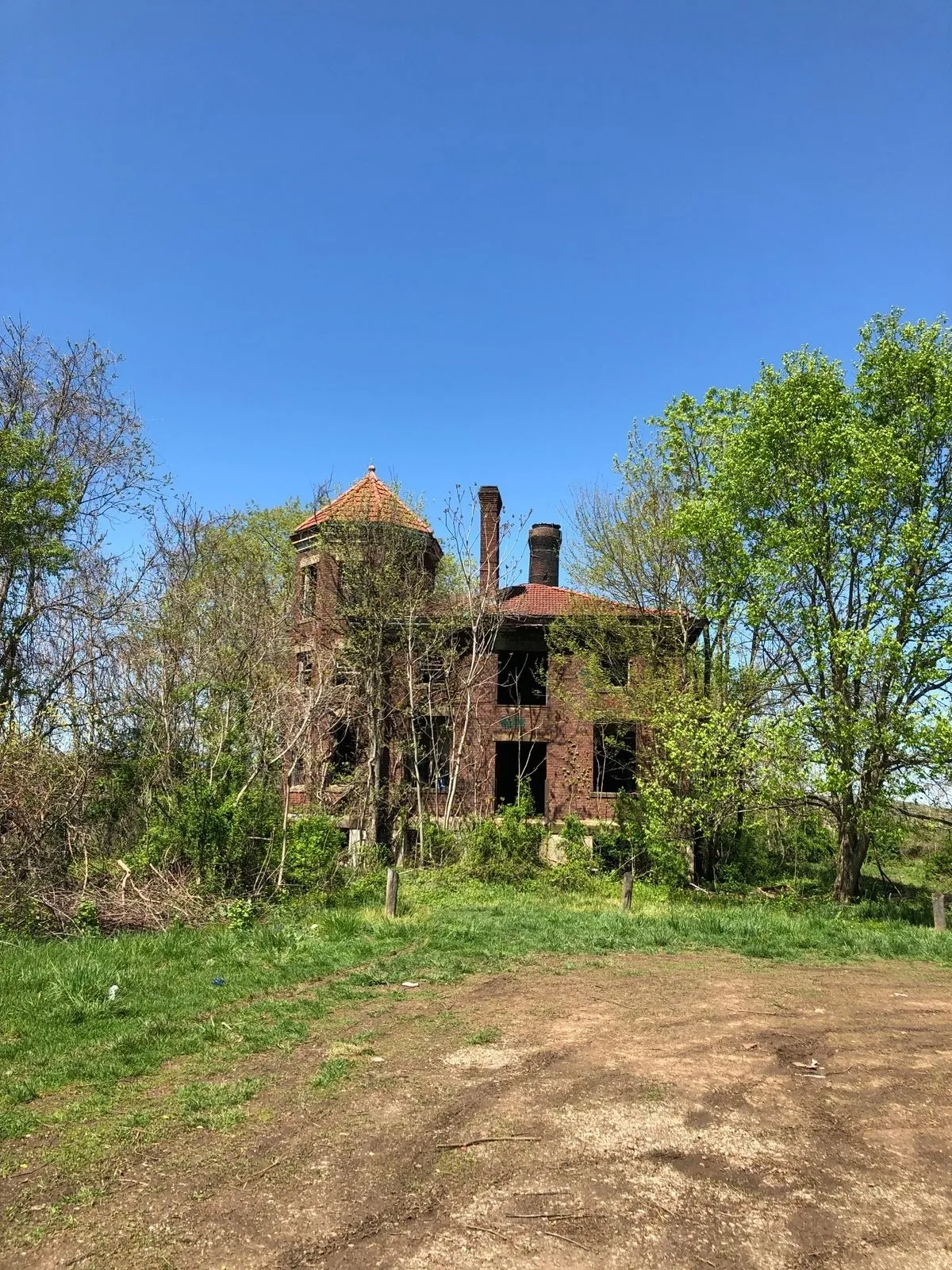Nestled in the heart of the Ohio River, there stands a remarkable piece of history: the venerable Old Lock No. 19. Built in 1916, this historic lock and dam system showcase the engineering prowess of the early 20th century. Despite decades of neglect and enduring numerous floods, this once bustling complex still captures attention with its unique design and robust construction.


In the early 1900s, the U.S. Congress approved the ambitious construction of Lock No. 19 as part of the sweeping Rivers and Harbors Act of 1910. This significant legislation paved the way for the development of a critical network comprising 51 wicket dams and accompanying locks, spanning from Pittsburgh, Pennsylvania to Cairo, Illinois. The primary aim was to maintain a consistent water depth of nine feet along the Ohio River, facilitating smooth navigation for boats year-round.

Lock No. 19, a pivotal element of this extensive project, featured not only its eponymous lock but also a powerhouse. This powerhouse played a crucial role by generating electricity to operate the lock gates, a groundbreaking achievement at a time when much of rural America lacked access to this modern amenity. Additionally, two homes were constructed on-site to accommodate the dedicated operating staff.

As time marched on, the needs of commerce and navigation spurred the gradual transformation of the lock and dam system. Beginning in the mid-1950s, a new era of modernization unfolded, characterized by the construction of larger and more efficient locks and dams. This ambitious endeavor reached its peak during the 1960s and extended into the mid-1970s, culminating in the completion of the Olmsted Locks and Dam near Paducah, Kentucky, in 2018.

As part of this sweeping modernization initiative, Lock No. 19 was eventually replaced in 1968, deemed outdated by its newer and more advanced counterparts. Left abandoned in its wake, the once-bustling complex now stands as a poignant reminder of days gone by. Despite its deterioration, the remnants of Lock No. 19 endure today, providing a rare glimpse into the early days of navigation along the Ohio River for those curious enough to explore its weathered remains.



Also Recommended: Abandoned Whirlwind Mansion’s Monthly Costs Led To Its Downfall

